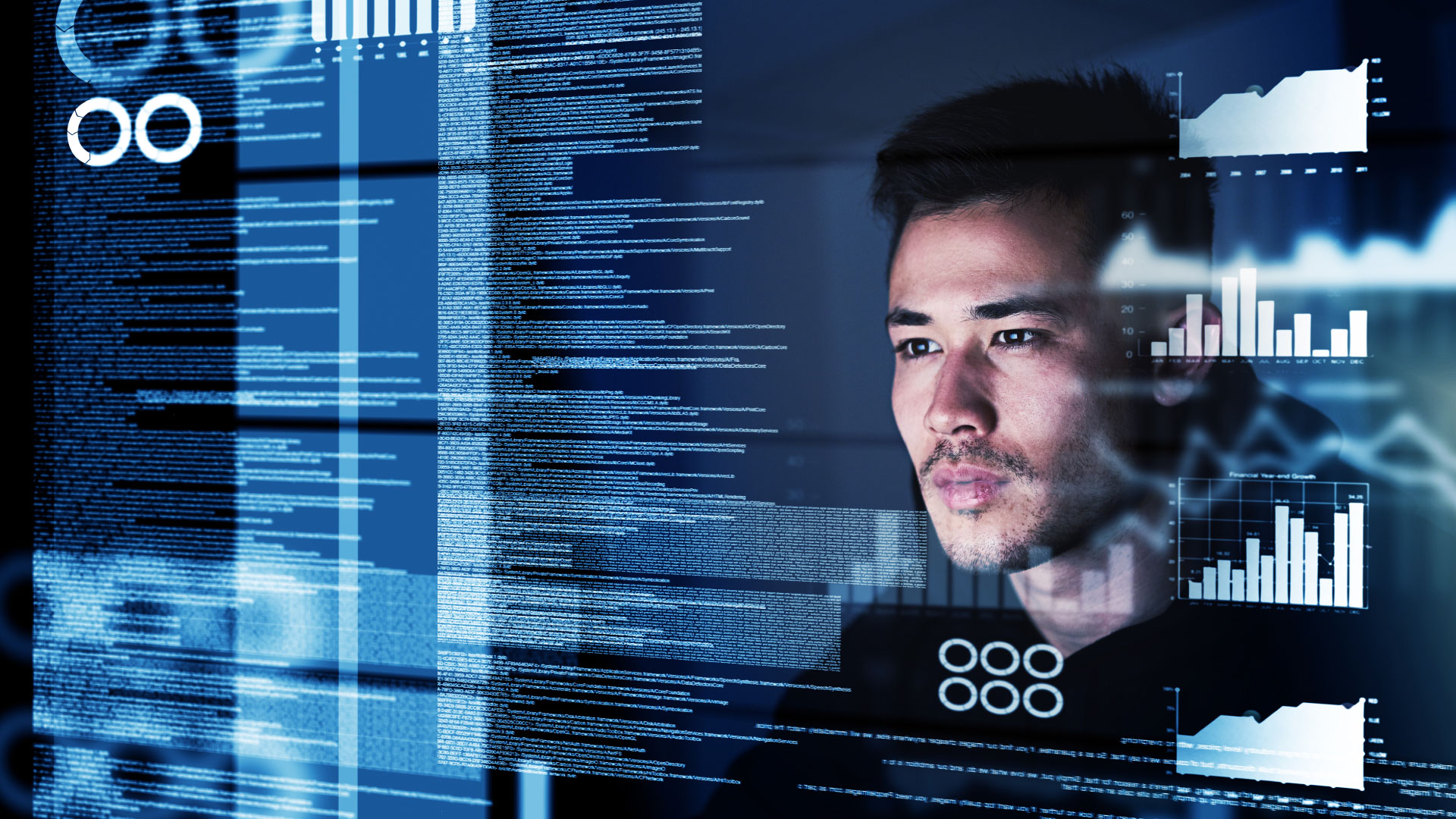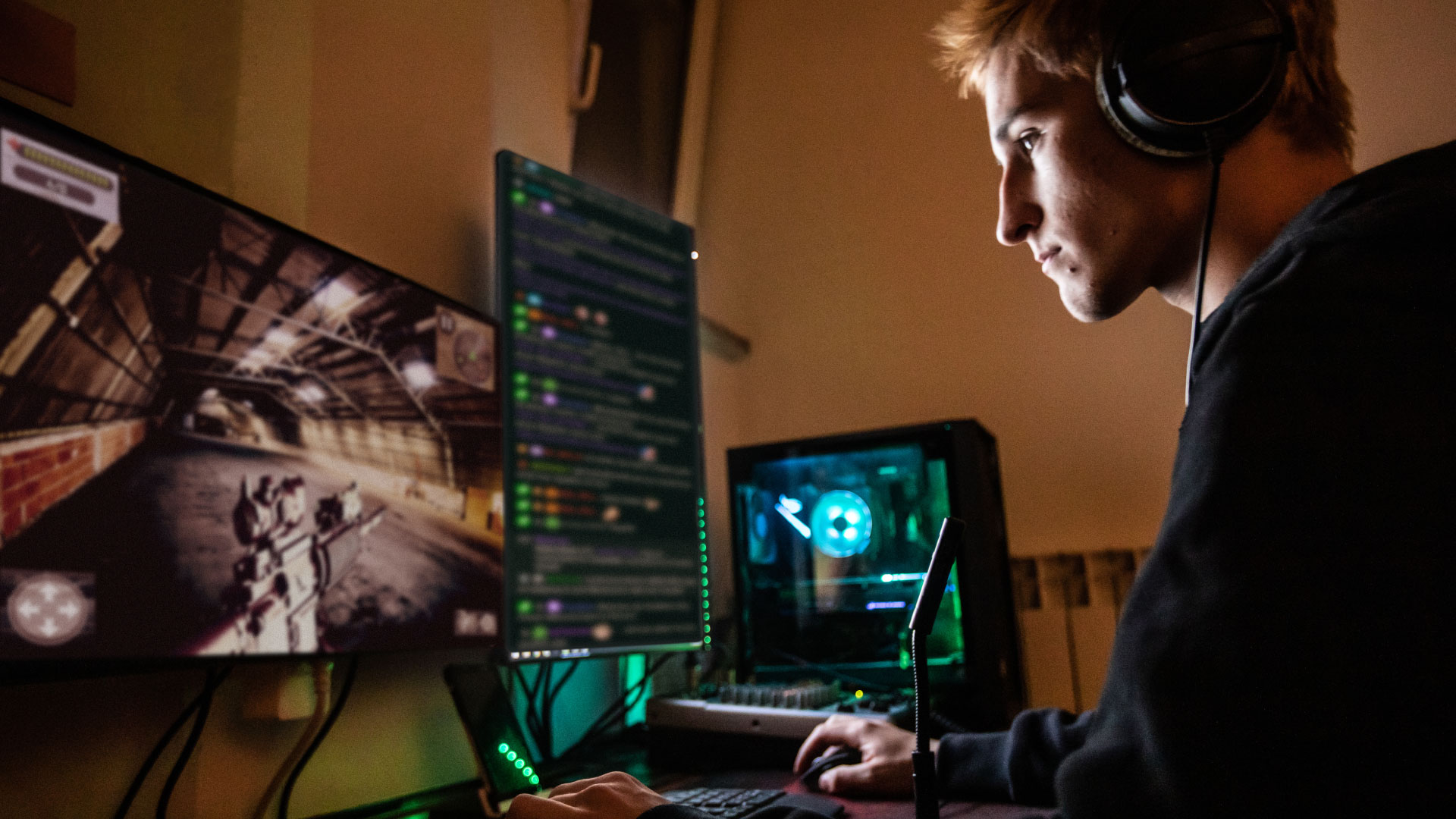
Privacy vs Conduct: The Honest Truth About Monitoring
Radar examines the difficult balance between privacy, data protection, and corporate conduct, and how communication and empathy have a key role to play in effective monitoring.
Compliance officers are famed for their attention to detail, ability to see the big picture, and expertise in applying clear rules to the complex real-world situations they face every day. But one of the lesser-known attributes of the profession is a soft skill that has come into sharp focus throughout the coronavirus pandemic: empathy.
Understanding, showing sympathy, and being able to develop a rapport with employees experiencing extreme stress through the pandemic has become crucial to the smooth running of a business.
Although the majority of organizations have now either returned to the office or implemented flexible working conditions, the communication and collaboration habits that developed through the last two years have endured.
As water cooler conversations now invariably take place over Zoom or Microsoft Teams, it has become harder to elicit compassion and foster the kind of relationships that can improve corporate culture.
Difficult conversations can become even tougher when people are separated through screens, where it is almost impossible to pick up on certain emotions and work through problems with compassion or empathy. On top of this, managing employees in a virtual setting is much harder when the supervisor or compliance officer has no insight into their remote working environment, and the personal dramas it may encompass.
Balancing Privacy and Security
The adoption of smart monitoring technology by regulated firms is becoming more commonplace in response to remote work, said Sara Riso, Research Officer at Eurofound, the European Union agency for the improvement of living and working conditions.
Intelligent data analytics solutions can augment the work of compliance officers and strengthen their ability to gauge and respectfully assess monitored employees whilst also shielding their privacy, industry observers believe.
“Companies are likely to be investing in and deploying digital technologies for tracking employee performance much more than before the pandemic,” said Riso. “An important aspect is the balance between the employer’s legitimate interest and the privacy rights of employees.”
Legacy monitoring technology, or outdated lexicon-based solutions, do not have the capacity to blur out sensitive data, and maybe capturing more information than necessary about employees, crossing the boundaries of what is acceptable in the process.
“Any intrusive and privacy-invasive employee monitoring – whether within the workplace or outside – may increase compliance in the short term but does not pay off in the longer term,” said Riso. “It undermines employees’ autonomy and possibly adds to the intensity and stress of work. Worse, it erodes trust, the core of the psychological contract between workers and employers.”
Monitoring The Invisible Workforce
Global banks have had to contend with staff migrating to remote environments, allowing them to use their own devices, and home technology and modems, which may be shared with other family members or housemates who are also working from home. As such, the business has become more concerned with security and privacy, whilst also trying to understand how productive the dispersed workforce is.
Compliance officers are now juggling a series of new problems, including the management of cybersecurity or hacking risks, whilst guarding against insider threats that were once more pronounced when they were able to walk the floor and observe traders. For many, their ability to judge the company culture and evaluate risks has become clouded, and many are struggling to connect with and gauge the behavior of individuals they were used to seeing every day.
Monitoring technology provided the answer, but firms have been quick to recognize the need for more advanced tools that can identify problematic content while also anonymizing sensitive, irrelevant information, and filtering out confidential information where required.
Smarter solutions are clearly required, solutions that can utilize AI and machine learning to monitor communications, removing the need for manual review of irrelevant content. Employees expect a greater degree of privacy as they work from home, but the business needs, and is entitled to, stronger security because of that situation, experts told Radar.
“As remote work continues, employers have begun to characterize remote workers as the ‘invisible workforce’ – because remote workers are not able to be seen or monitored in the same way as those performing in-person work,” said Heather Zalar Steele, Partner at Fisher Phillips. “The invisible workforce poses numerous challenges because remote work environments do not have the same safeguards in place as the traditional workplace.”
Communication Is Key
The best way to mediate these competing ideals of privacy and security is to fall back on perhaps the most important soft skill in the compliance arsenal: communication.
This involves training managers and supervisors to focus on issues like data protection and cybersecurity whilst also noting that behaviors of employees will change as a result of their new working environment, and that it’s okay to encourage people to talk.
“The heightened threat posed by the invisible workforce requires managers and supervisors to periodically remind remote workers about best practices and important updates,” said Zalar Steele.
Communicating how data analytics can protect staff and the business, working with technology providers to ensure ethical considerations are met, and sharing expectations that will foster trust in the workplace are vital.
Even given the extraordinary circumstances of the present, as we tentatively take steps to exit the pandemic, there is no barrier to developing an effective compliance program and monitoring system that balances both security and privacy.
Firms that are forthright about their relationship with their employees, communicate well, and show trust and empathy are best placed to succeed, business leaders agree.
“A crisis like this one reveals the values of an organization and if your employees, clients, and customers see an organization with values they admire, your organization is more likely to emerge from this crisis stronger than before,” said John Hamlin, Chief Counsel for Employment, Benefits, and Governance at Marsh & McLennan.





